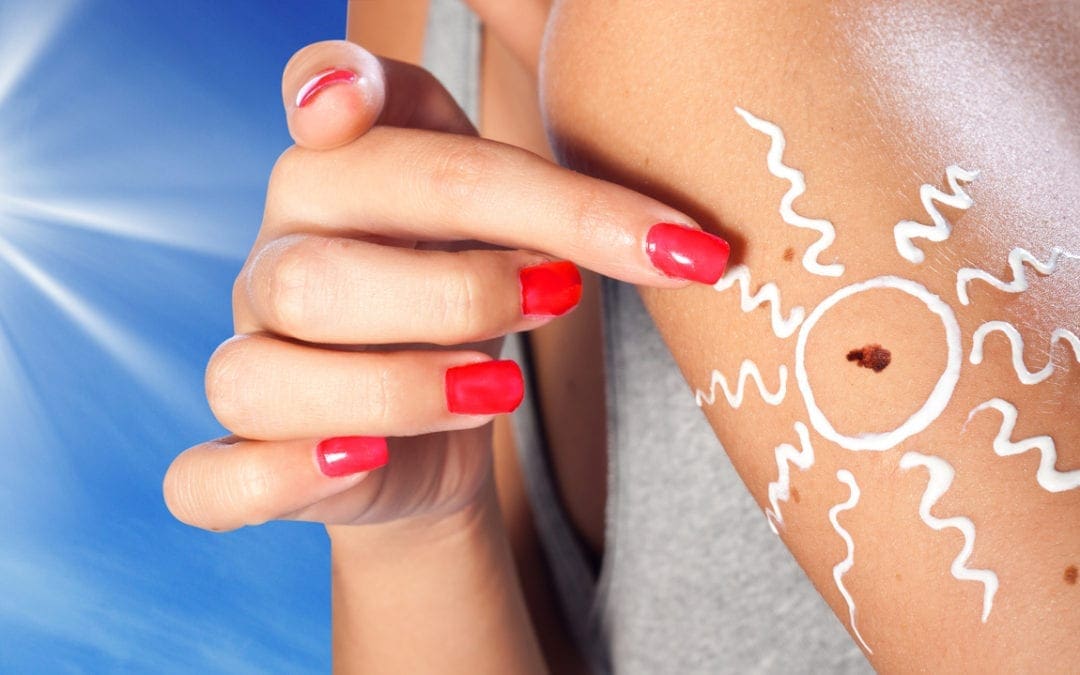The early European settlers to Australia found themselves in a land alien to that which they had left far behind. Despite the multitude of differences, many echoed the sentiments of Dorothea Mackellar and grew to love the sunburnt country they found themselves living in. This displaced the love of “grey-blue distance, brown streams and soft dim skies” which once ran strongly in their veins.
The following are some statistics about melanomas of the skin in Australia:
Incidence and statistics
- Australia has the highest incidence of skin cancer and melanomas in the world, with Queensland having the highest incidence in Australia
- Melanoma makes up only 2.3% of all skin cancers but is responsible for 75% of skin cancer deaths. In 2007, there were 10,342 new reported cases of melanomas in Australia and 1,279 deaths from it.
- Melanomas were the most commonly diagnosed cancer among adolescents and young adults between 2003 and 2007; it accounted for more than one-quarter of all cancers in this age group.
- In 2008, the incidence rate of melanomas of the skin in Australia (37 cases per 100,000 people) was nearly thirteen times higher than the average world rate (3 cases per 100,000 people);
- It is estimated that approximately 200 melanomas and 34,000 non-melanoma skin cancers per year are caused by occupational exposures in Australia.
Incidences of Melanoma according to country of birth.
In 2002, The Cancer Council South Australia released an intriguing paper where they looked at the incidence of melanomas according to country of birth.
Analysing data from 1977 to 2000, they found that South Australians that were born in Australia had an incidence of invasive melanoma that was about 2.4 times that of overseas-born South Australians.
Underscoring the risks that the Australian climate and lifestyle has for developing melanomas, they found that overseas-born residents in South Australia had a significantly higher incidence of invasive melanoma than that seen in their parent populations, setting the overall incidence rate of melanomas in South Australia as being 100. They compared the incidence of melanomas against this benchmark and found that the incidence of melanomas in the UK and Ireland was 19 whilst that in UK and Irish migrant groups in South Australia was 57. Even in areas where there were lower rates of melanoma, such as Asia and the Middle East, there was a big disparity – parent population incidence rates in Asia and the Middle East was 1 whilst the incidence in this geographical population living in South Australia was 17.
Sun Protection
“Slip Slop Slap” campaigns have for many years tried to educate the population about the high risks of skin cancer in Australia. Whilst they achieved success in educating generations of Australians about risks of environmental sun exposure, the use of sun tanning beds and solariums (non-environmental UV exposure) rose in popularity for a variety of personal, cosmetic and societal reasons. This has been most true in the young and predominantly female user groups.
The influential World Health Organisation’s International Agency for Research in Cancer (IARC) released a report in 2009 where they advised that UV emitting tanning devices “were carcinogenic (cancer causing) to humans” when previously it was felt that they were “probably carcinogenic”. In fact the IARC elevated the risk to the highest category possible and in doing so, sunbeds joined agents such as tobacco, asbestos and benzene as ‘Carcinogenic to humans’. Combining the analysis on over 20 large studies they provided concerning advice on the risks of tanning devices, most particularly in the younger age groups who use tanning salons, or solariums. They estimated that the risk of developing a melanoma of the skin increased by 75% when the use of tanning devices starts before the age of 30.
Australian states have been at the forefront of subsequently limiting access of people aged under 18years to tanning salons with several looking at total bans in the near future. The tragic death in Victoria of Clare Oliver in 2007 was instrumental in Victoria enacting these laws. A 26 year who used solariums to get a great tan, Clare developed invasive melanoma and, in her remaining time, became a passionate and articulate activist against the dangers of solariums.
Impact on life and quality of living
Respecting the enormous human cost associated with developing a melanoma, it is also instructive to frame the economic burden the disease causes the community.
One measure of this are DALYs or “Disability-Adjusted Life-Year”. DALYs can be thought of as years of healthy life lost, either through premature death or through living with disability due to illness or injury. This is the basis unit used in burden of disease or injury estimates. Melanoma of the skin were estimated to account for 22,300 DALYs in Australia in 2010; of these 16,800 were years lost due to premature death and 5,400 were years of healthy life lost due to disease, disability or injury.
Protect Yourself
[1] Selected phrases from Dorothea Mackellar’s poem “My Country”
[1] AIHW 2010. Cancer in Australia 2010: an overview. Cancer series no. 60. Cat. no. CAN 56. Canberra: AIHW www.aihw.gov.au/WorkArea/DownloadAsset.aspx?id=644247268[1] Australian Institute of Health and Welfare and Australasian Association of Cancer Registries (2004). AIHW cat. no. CAN 23. Canberra, Australian Institute of Health and Welfare. http://www.aihw.gov.au/publication-detail/?id=6442467673
[1] AIHW 2010. Cancer in Australia 2010: an overview. Cancer series no. 60. Cat. no. CAN 56. Canberra: AIHW www.aihw.gov.au/WorkArea/DownloadAsset.aspx?id=644247268;
[1] Australian Institute of Health and Welfare (AIHW). Cancer in adolescents and young adults in Australia. Cancer series no 62. Cat no CAN 59. Canberra: AIHW, 2011.
[1] Fritschi L, Driscoll T. Cancer due to occupation in Australia. Australian & New Zealand Journal of Public Health 2006; 30: 213–9.
http://www.cancersa.org.au/cms_resources/documents/CALDMelanoma.pdf
[1] http://www.cancer.org.au/preventing-cancer/sun-protection/preventing-skin-cancer.html.
[1] http://www.iarc.fr/en/publications/pdfs-online/wrk/wrk1/ArtificialUVRad&SkinCancer.pdf
[1] http://www.clareolivermelanomafund.org/HTMLPages/clareolivermelanomafund.htm

